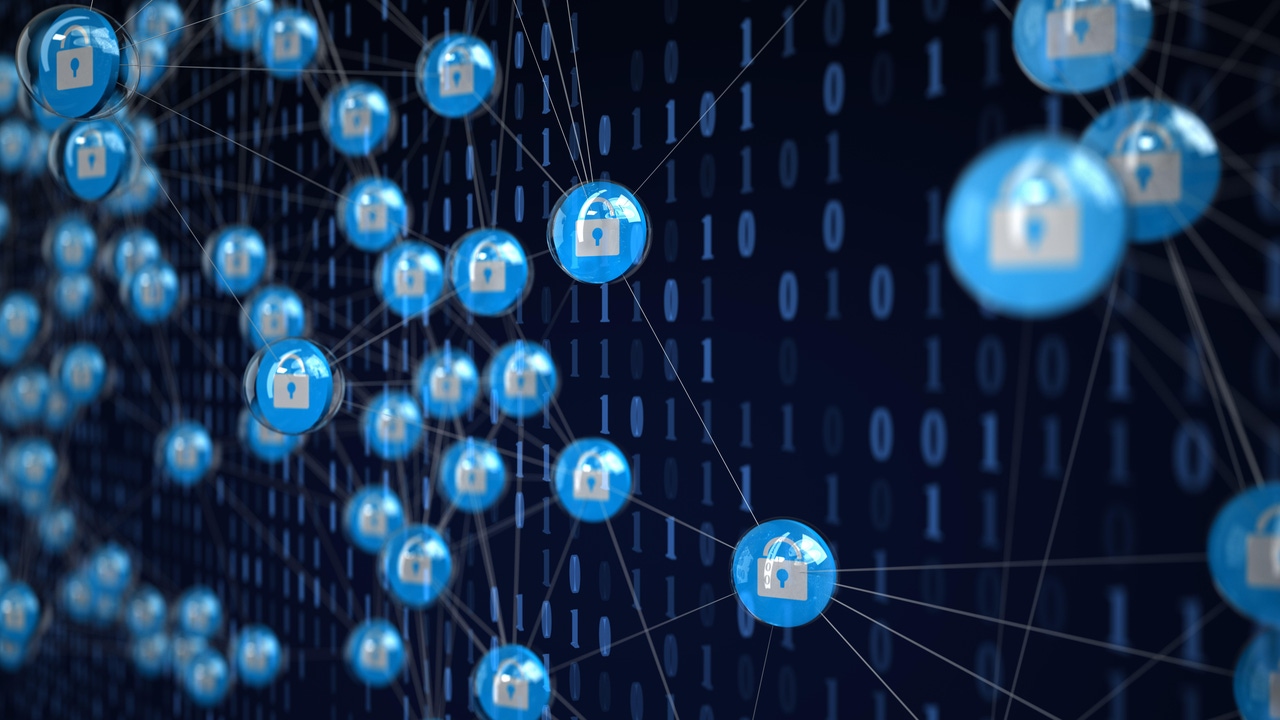The Top 10 Criteria for Choosing the Right SSE Solution for Your Updated Security Architecture
As you embark on the journey to secure your digital perimeters, consider not just the technical capabilities of evaluated SSE solutions. The right SSE solution is more than just a security tool — it is an investment in the resilience and sustainability of your business operations in an interconnected digital world.
August 23, 2024

As organizations navigate today’s evolving digital landscape, securing their networks and data has become an increasingly complex undertaking. Traditional security approaches are proving outdated in a new era of expanding cloud services, IoT devices, flexible work, and sophisticated threats. A new approach called Security Service Edge (SSE) has emerged as a logical outgrowth of recent advances in cloud and networking technologies.
SSE is a cloud-based solution that delivers an integrated set of security capabilities at the network edge, shifting security closer to users and devices while eliminating poorly integrated products, slow user experiences, and the management complexities of the past. SSE provides secure access to web, cloud, and private applications; threat protection against web and network attacks; and data leak prevention. It combines multiple point solutions into a single integrated security service delivering Secure Web Gateway (SWG), Next-Gen Firewall (NGFW), Cloud Access Security Broker (CASB), Data Loss Prevention (DLP), and Zero Trust Network Access (ZTNA).
SSE selection criteria
A well-chosen SSE solution can serve as the cornerstone of your organization’s security architecture. Here are the top ten SSE feature evaluation criteria you should consider from a platform design and operations perspective:
Cloud-native architecture –To ensure scalability, flexibility, and the ability to seamlessly integrate with cloud services and adapt to evolving security needs, look for a solution that is built as a cloud-native platform. This architecture supports rapid deployment, easy management, and automatic updates.
Hybrid environment support – Dynamic segmentation across hybrid environments, including multi-cloud and on-premises setups, is a necessity.
Integration with your existing ecosystem – Seamlessly integrating with your organization’s existing tools, such as an endpoint protection suite, identity provider, network monitoring solution, security analytics platform, automation platform, and mobile device management suite, is also imperative.
Global cloud backbone – A globally distributed network of points of presence (PoPs) interconnected with each other so that traffic engineered data can be passed from PoP to PoP will ensure low-latency access for users anywhere in the world. The solution must also know how to select and use the security policy enforcement point that is closest to the user/device, considering not just geographic location but also interconnection latency values for the specific application access being made. This is critical for maintaining high performance and a positive user experience, especially for remote and mobile workers.
Scalability and reliability – The platform must be elastic to support peak demand bursts and the overall growth of an organization’s users, devices, and data, demonstrating the ability to
activate additional global PoPs and processing resources as needed and on demand. It should offer high availability and reliability for continuous access to applications and services.
Advanced AI and ML capabilities – Artificial intelligence (AI) and machine learning (ML) can contribute advanced capabilities for threat detection, response, and predictive analytics. By using AI/ML to enhance the analysis of network traffic and user behavior, you can uncover Indicators of Compromise (IoC) and establish security baselines. Performing predictive analysis for potential threats before they materialize will also allow automated preventive measures to be taken through dynamic controls based on the risk profile of a user or device.
Visibility, analytics, and real-time reporting – This provides deep visibility into threats and vulnerabilities and collects a wide range of data types from various sources, including network traffic, user activities, application usage, security events, and threat events; and processes data in real time as a foundation for comprehensive analytics and reporting. Employing AI/ML to enhance analytics can help in identifying patterns, anomalies, and trends in the data. An effective real-time reporting system must include an alerting mechanism that notifies relevant personnel of critical events or IoCs.
Unified management and operations – A single management console reduces the complexity of managing disparate security tools, enabling more efficient policy configuration and enforcement and updating across the entire security infrastructure. Note that some vendors have acquired and bolted together disparate security tools to try to create this unified approach – make sure to evaluate the ease of administration, policy management, analytics, and troubleshooting across all SSE functional capabilities.
User experience – Your unified SSE platform of choice should deliver a seamless and consistent user experience, regardless of where users are located or what resources they are accessing. Security measures should not impede performance or usability, which is particularly important for supporting flexible workforces who may be working from home, in an office, and on the road using cloud-based applications.
Compliance – Meeting major compliance standards (SOC type 2, ISO 27001, GDPR, HIPAA, PCI, etc.) is essential, taking into account that your data is being transported by and residing in hosted infrastructure. By centralizing the oversight of data protection and access controls, organizations can easily generate reports to streamline and validate compliance during yearly audits.
A final word
Selecting the most suitable SSE solution is a pivotal step for organizations aiming to bolster their cybersecurity in an era marked by complex digital threats and distributed work environments.
As you embark on the journey to secure your digital perimeters, consider not just the technical capabilities of evaluated SSE solutions but also the vendor’s reputation, the solution’s integration ease, and the overall value it brings to your organization. The right SSE solution is more than just a security tool — it is an investment in the resilience and sustainability of your business operations in an interconnected digital world.
About the Author
You May Also Like




